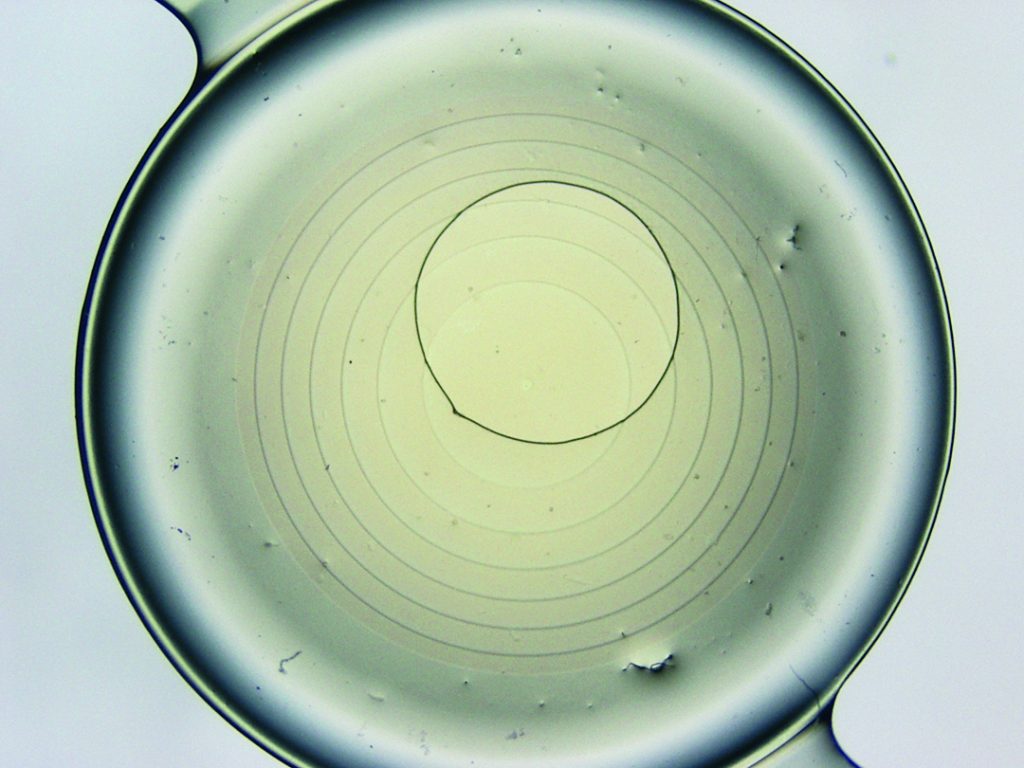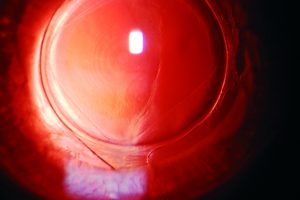IOL power adjustment
Non-invasive femtosecond laser technique provides accurate refractive adjustment to IOLs without harmful effects

Roibeard O’hEineachain
Published: Saturday, February 1, 2020
 Commercially available hydrophobic acrylic IOL after in vitro power adjustment by femtosecond laser[/caption]
Commercially available hydrophobic acrylic IOL after in vitro power adjustment by femtosecond laser[/caption]
 Liliana Werner MD, PhD
Liliana Werner MD, PhD Commercially available hydrophobic acrylic IOL after in vivo
(rabbit model) power adjustment by femtosecond laser
Commercially available hydrophobic acrylic IOL after in vivo
(rabbit model) power adjustment by femtosecond laser